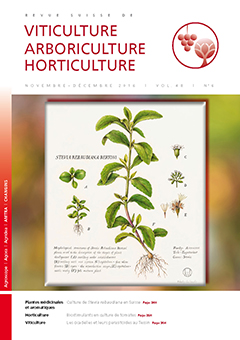
Issue 6 - November - December 2016

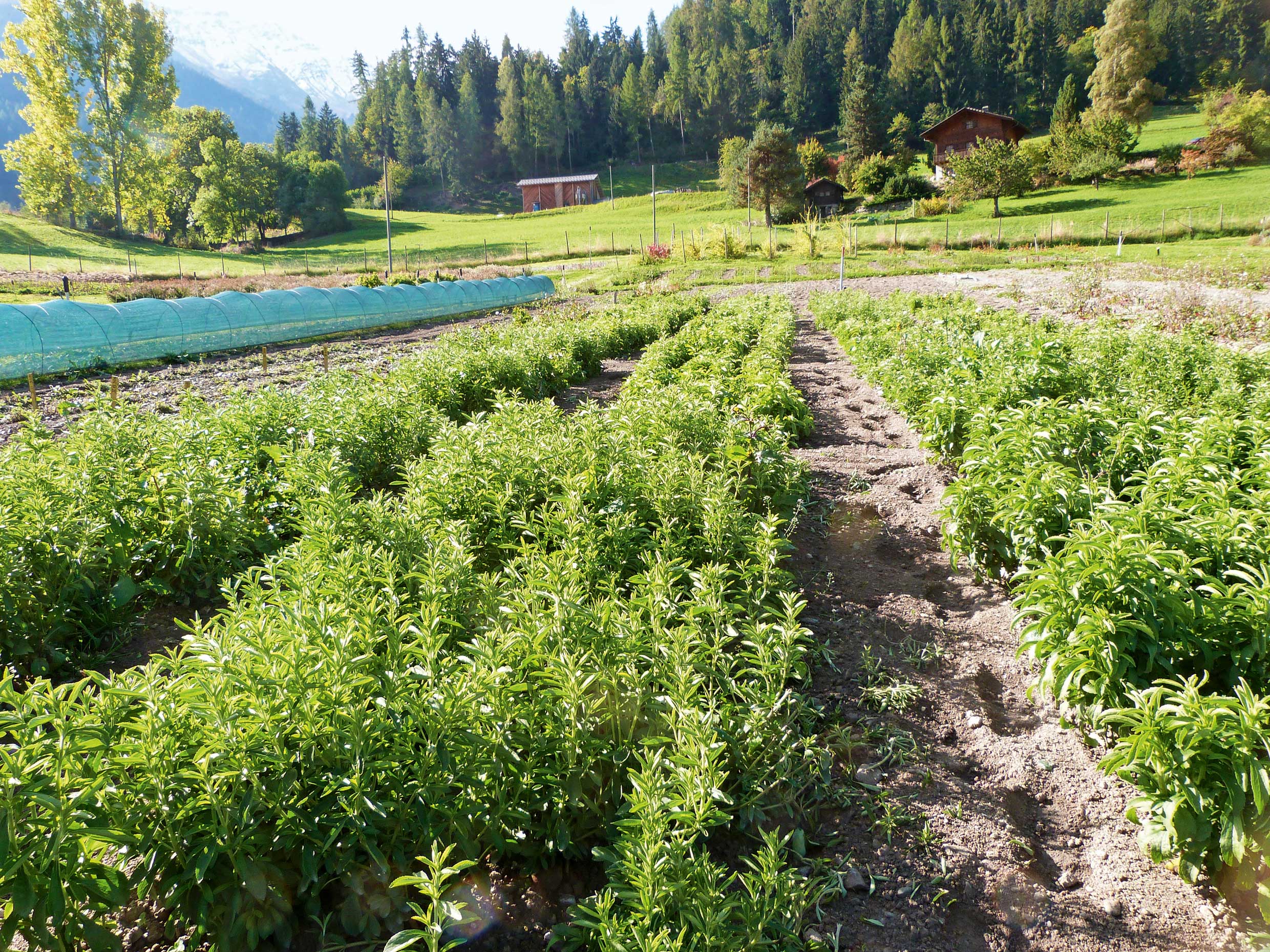
Abstract in open access
Stevia rebaudiana is a sweetening plant native to Paraguay and Brazil. The agronomic potential and phytochemical variability of 21 genotypes were studied in Switzerland in order to identify the best genotypes for local cultivation. Over a period of three years, annual yields in dry leaves varied between 10 and 183 g/m2, with a percentage of leaves ranging from 53 to 75 %. At a density of 10 plants/m2, the potential yield of dry leaves is approximately 100 to 200 g/m2 with one to three annual harvests. The UPLC analyzes showed a notable variability in the phytochemical composition of steviol glycosides, the molecules responsible for its sweetening properties, with a content of stevioside ranging from 0.3 to 7.9 % and of rebaudioside A ranging from 0.3 to 6.5 %. After three years of trials, the genotype F (vegetative propagation) is recommended for its high sweetness and low bitterness, eg suitable for herbal tea manufacturers, while the genotypes GAWI (vegetative propagation) and Pharmasaat (generative propagation) are also recommended for their high sweetening power, while having an aftertaste of licorice. The cultivation of stevia is possible in Switzerland, but as an annual plant, while it is a perennial plant in its place of origin. Compared to significantly higher yields of perennial crops in temperate regions (> 700 g/m2), cultivation in Switzerland must imperatively generate added value by emphasizing organic farming.
Keywords: stevioside, rebaudioside A, sweetener plant, Switzerland
E-Mail: jose.vouillamoz@agroscope.admin.ch
Adress: Agroscope, 1964 Conthey
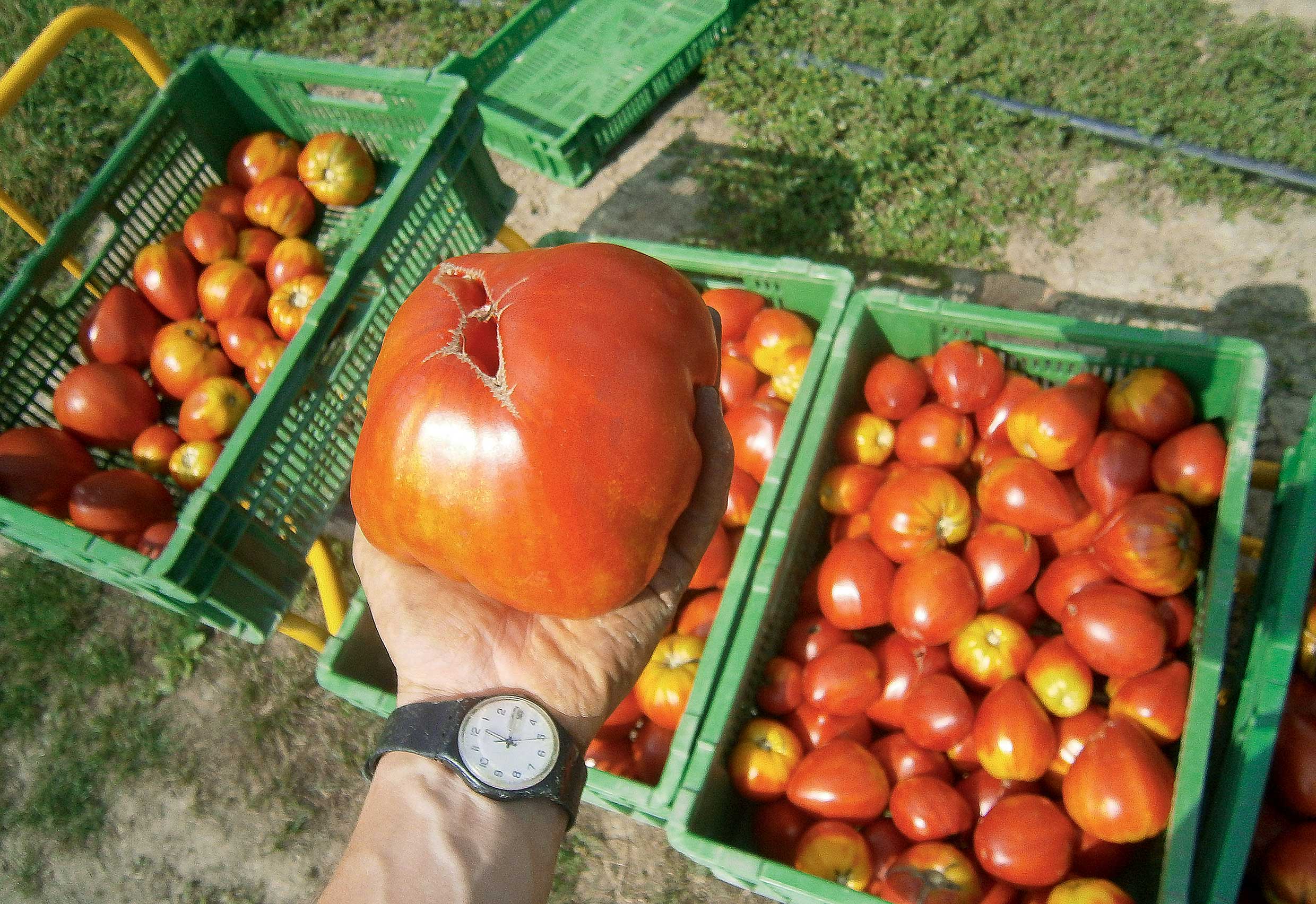
Abstract in open access
Commercial biostimulants containing bacteria (Pseudomonas fluorescens and P. putida) and fungi (Trichoderma harzianum, Glomus intraradices) were applied to a commercial tomato culture on soil under cold tunnel. The effects of microorganisms were measured on plant growth, plant height, stem diameters, flowering, fruit set, marketable, non-marketable and total yield during the production. Treatments with T. harzianum alone, Pseudomonas spp. in combination with G. intraradices or with G. intraradices and T. harzianum, showed higher cumulated growths. Flowering was stimulated by Pseudomonas spp. with G. intraradices and T. harzianum. Three combinations resulted in a gain of one week in the growth of the plants. The combination of Pseudomonas spp., T. harzianum and G. intraradices increased tomato yield of 40 % and reducted the fruit weight variability. Despite the variability due to commercial production conditions, the increase of all measured variables, mainly of the yield, suggests that these biostimulants were efficient in such conditions.
Keywords: Glomus intraradices, Pseudomonas fluorescens, Pseudomonas putida, tomato, Trichoderma harzianum
E-Mail: francois.lefort@hesge.ch
Adress: Hepia, 1254 Jussy
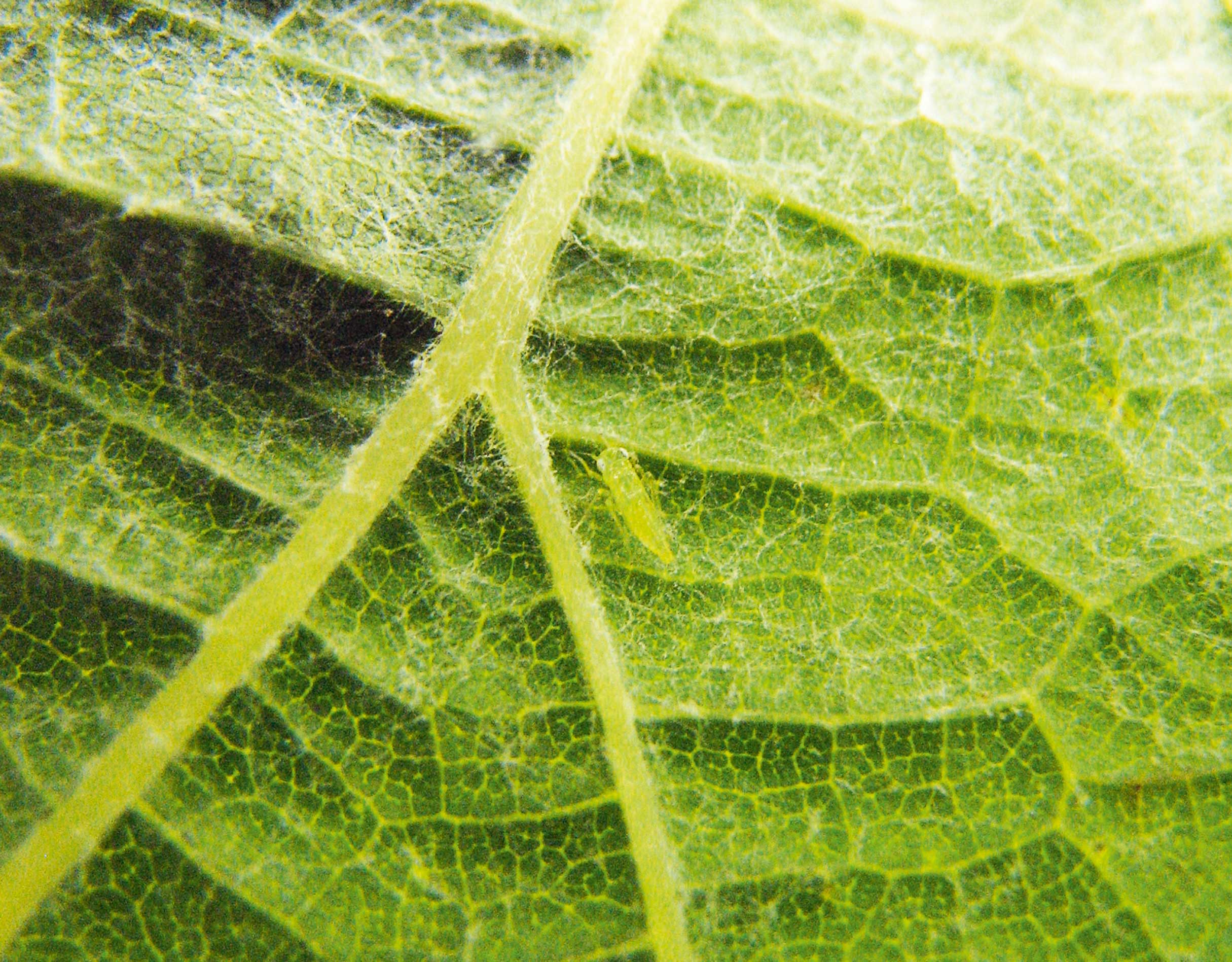
Abstract in open access
Tessin In Switzerland, the species of Typhlocybinae (Hemiptera: Cicadellidae) related to grapevine are Empoasca vitis and Zygina rhamni. Their parasitoids were investigated in Southern Switzerland in late eighties by Cerutti et al. In a survey in 2011, 27 species of typhlocybinae were identified; among them, 2 are strictly related to grapevine (E. vitis and Z. rhamni), 1 is not strictly related to grapevine (E. pteridis) and 24 occasional species mainly feed on ground cover vegetation in vineyards. E. vitis dominates Z. rhamni in almost all locations. At least two species of parasitoids were captured: Anagrus group atomus and Stethynium triclavatum. A. group atomus is more abundant than S. triclavatum, with a densities of just over twice at the regional level. The comparison with data collected more than twenty years ago, we highlight a decrease in population densities of E. vitis, whereas populations densities of Anagrus group atomus remain unchanged. Moreover, E. vitis, Z. rhamni and the parasitoids of the genus Anagrus were observed in the vineyard a month earlier than reported in the literature.
Keywords: typhlocybinae leafhopper, fairfly, antagonist, vineyard
E-Mail: valeria.trivellone@gmail.com
Adress: Agroscope, 6593 Cadenazzo
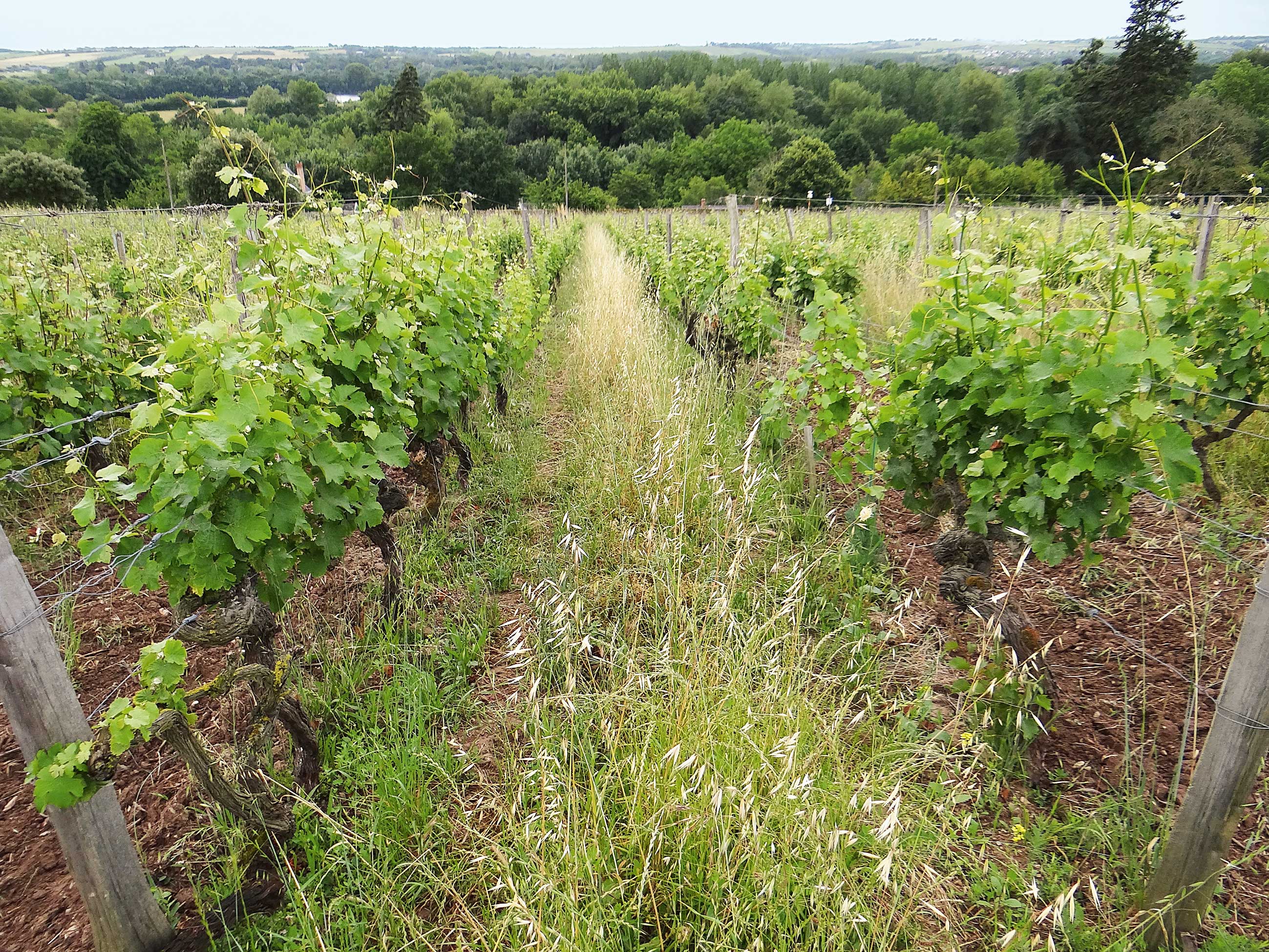
Abstract in open access
Taking into account the environment in the wine sector is more and more important and leads the wine growers to include criteria of environmental performances in their wine technical routes (ITKv). This paper analyzes the variability of the environmental performances of ITKv of a plot of White Chenin, in reasoned viticulture, producing dry white wine of AOP in the Loire Valley for two contrasted climatic vintages, 2011 and 2013. The environmental impacts of the whole wine operations are evaluated by the method of Life Cycle Analysis. The year 2013 is more effective on all the categories of impact mostly because of plant health treatments. Gas oil consumption of the machines, here closely related to the frequency of the plant health treatments, is a strong generator of impacts and differentiates the years. The study shows that, according to the year and on the same ITKv, the variation of the environmental impacts can be important for several categories. It is induced by the adaptation of the wine technical routes to the climatic conditions of the year.
Keywords: Environmental evaluation, LCA, Vineyard technical management routes, climate, grape
E-Mail: c.renaud@groupe-esa.com
Adress: Ecole supérieure d'agriculture d'Angers ESA, F-49007 Angers Cedex 01
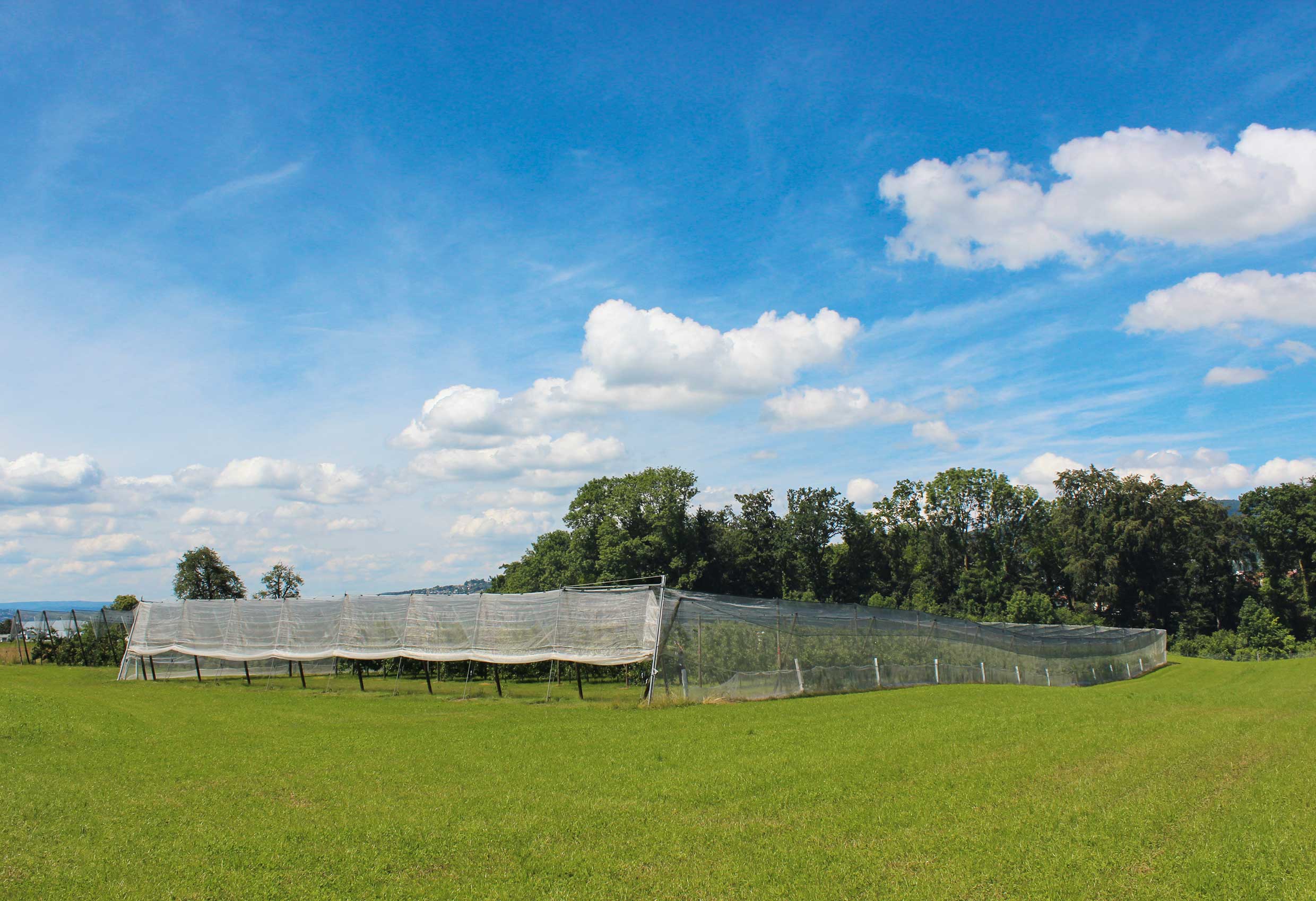
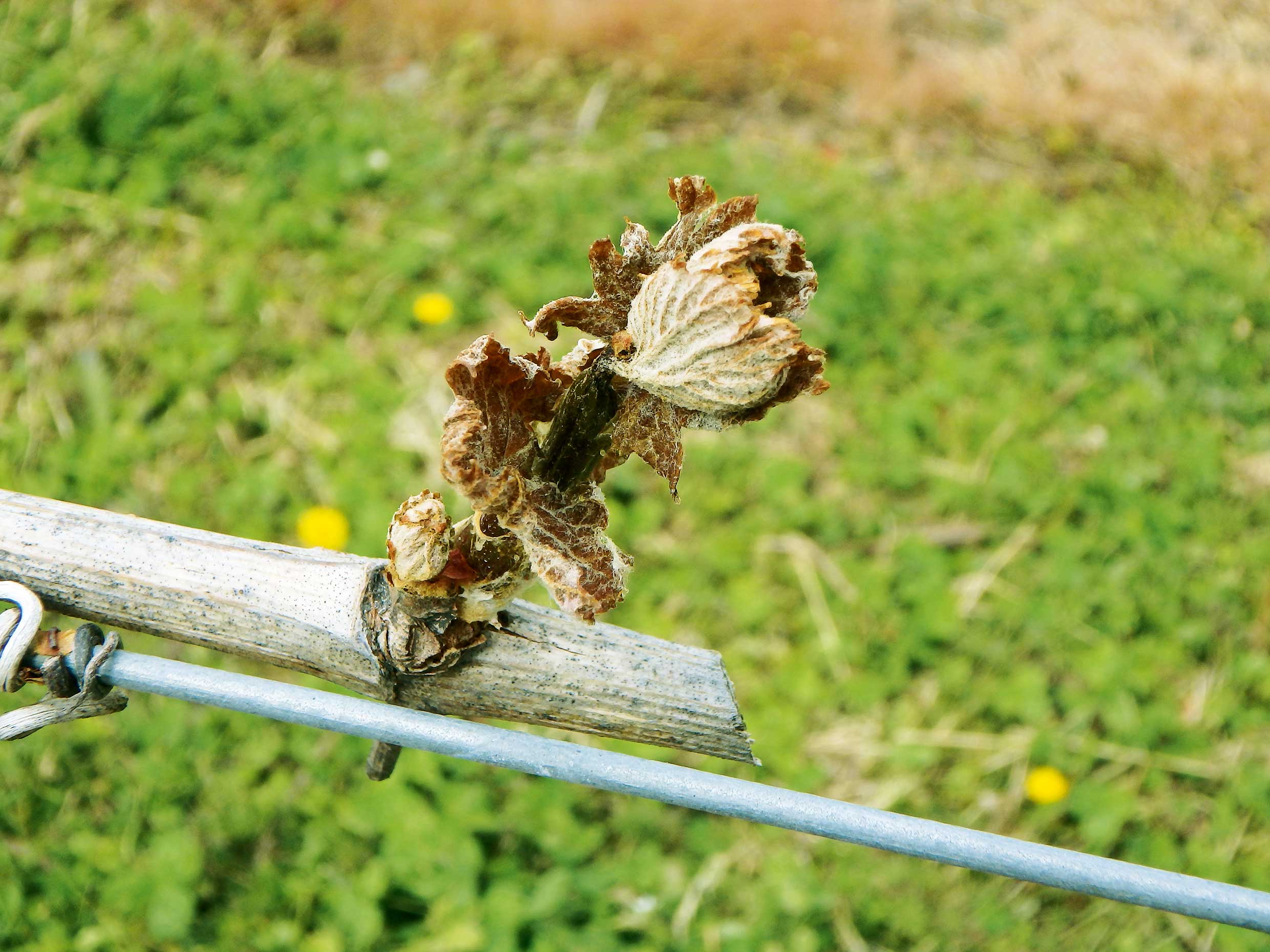
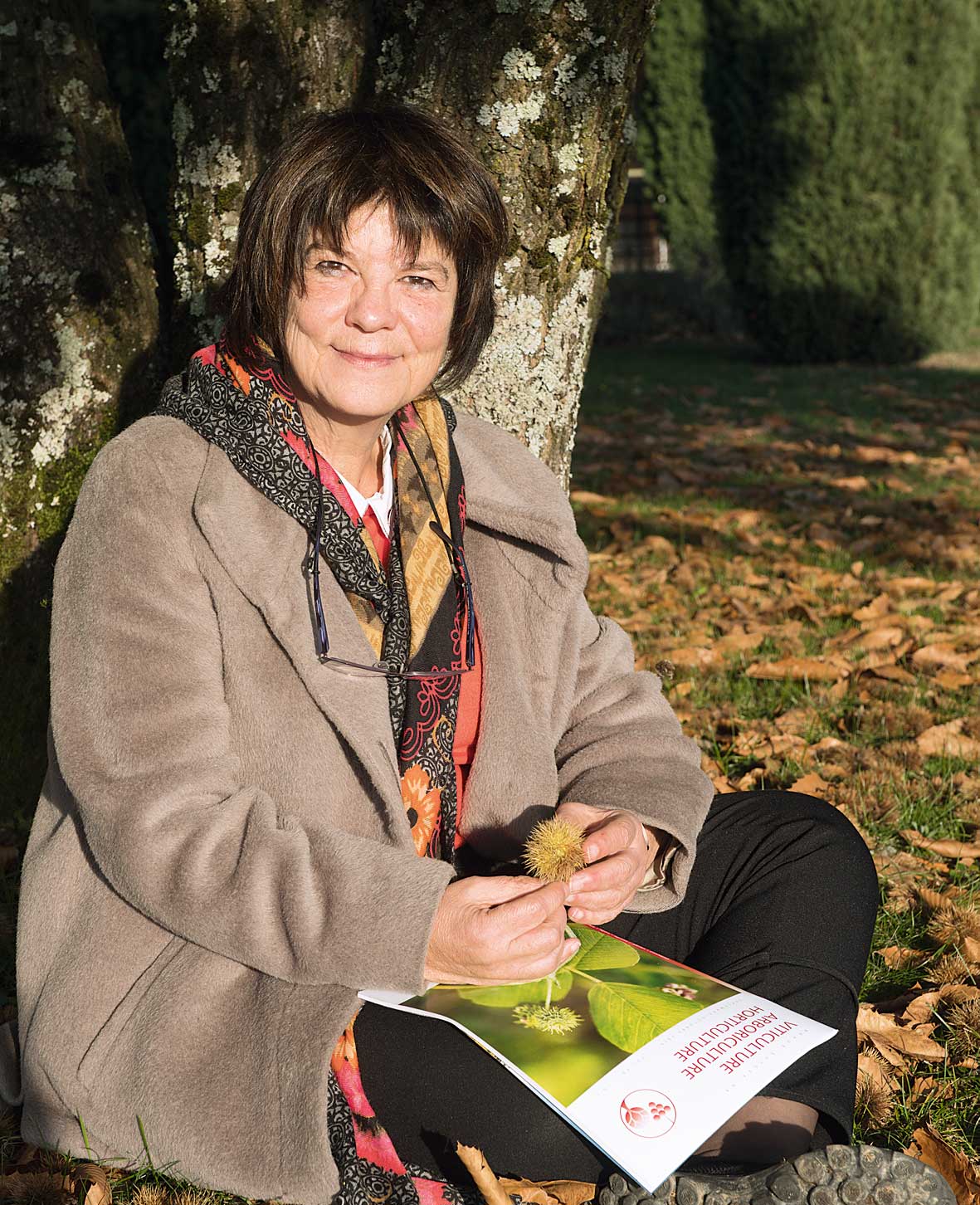


 Download of full issue
Download of full issue
 Download article
Download article